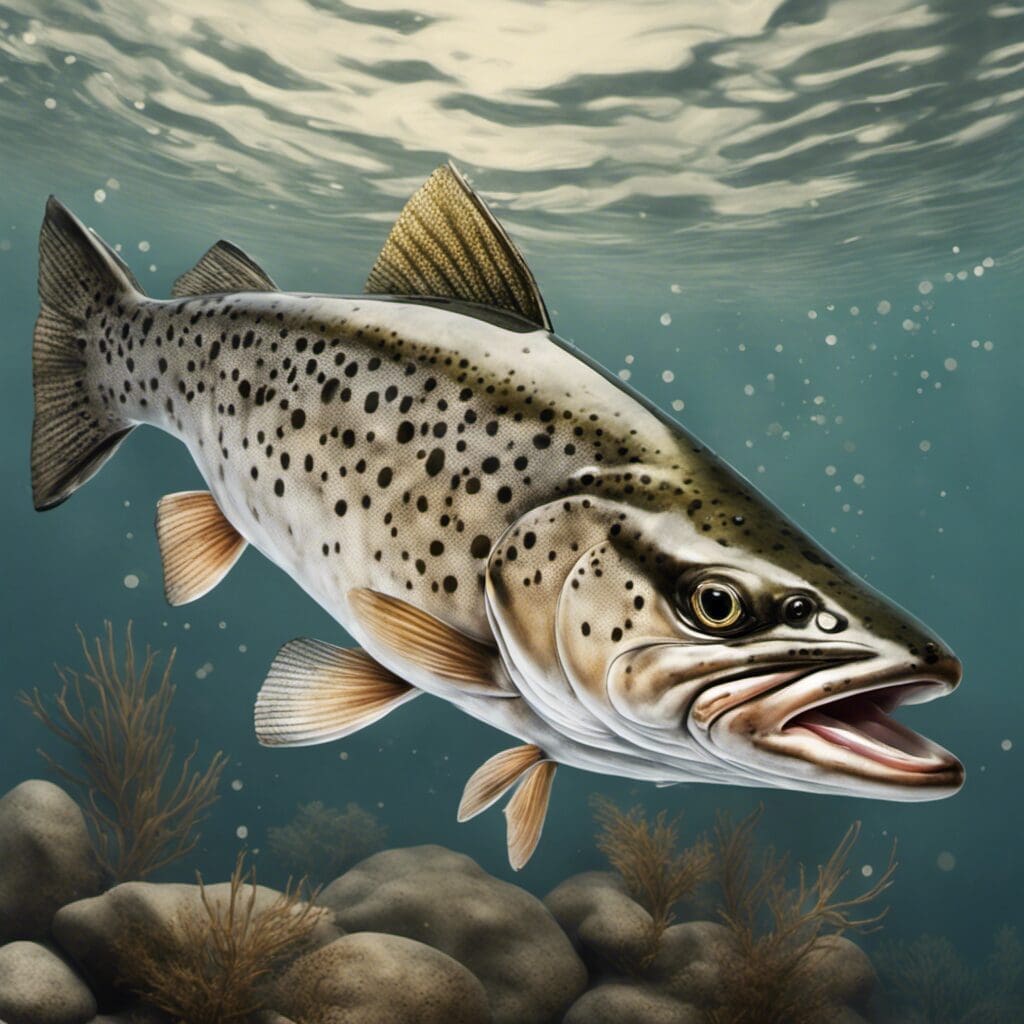Introduction
The Speckled Trout, scientifically named as Cynoscion nebulosus, is a part of the Sciaenidae family, commonly known as croakers or drums, due to the sound they produce.
Conservation Status
Presently, the Speckled trout is under the category of “Least Concern” under the International Union for Conservation of Nature (IUCN) Red List, mainly because of their widespread range and abundant populations. Conservation efforts mainly focus on controlling illegal fishing and promoting sustainable fishing practices.
Statistics
| Average | Range | |
|---|---|---|
| Length | 19 inches | 12 – 27 inches |
| Weight | 2 – 3 pounds | 1 – 5 pounds |
| Average Lifespan | – | 2 – 5 years |
Distribution
The Speckled trout is found in coastal waters from Mexico to the western Atlantic coast to New England. Historically these fish do not have large-scale migration patterns, instead, they move towards inshore waters during colder months, and towards deeper waters during the hot season.
Habitats
- Water type: Brackish, Saltwater
- Depth range: Shallow, typically under 20 feet
- Temperature range: Prefers 60-80 degrees Fahrenheit
When and Where to See
The Speckled trout can be seen in abundance during Spring and Fall. Early mornings or late evenings, when the water is cooler, is usually the best time of day to spot them.
Best Fishing Locations
Some of the best fishing locations for Speckled Trout include:
- Mississippi Sound, Mississippi
- Chesapeake Bay, Virginia
- Calcasieu Lake, Louisiana
- Baffin Bay, Texas
Look for areas with moving water, structure, and baitfish when trying to locate the species.
How to Catch
The best baits for Speckled Trout are live shrimp and mullet. Fishing techniques include casting, drifting, still fishing, and trolling. The best times to fish are during the cooler hours of the day, in the early morning, or late evening.
Identification Guide
Speckled Trout are silver with a dark back and have numerous black spots lined up along their upper body. They also have two large canine teeth at the tip of their upper jaw. They are often mistaken for Ladyfish, which have a smaller mouth and no spots.
Culinary
- How to Cook: Grilling, baking, and frying are popular methods.
- Taste Profile: Mild flavor with medium-firm texture.
- Nutritional Information: High in protein and Omega-3 fatty acids.
- Recipes: Speckled Trout Almandine, Speckled Trout with Lemon Butter.
Additional Information
- Behavior: Feeds primarily on small fish and crustaceans, spawns seasonally in bays and estuaries.
- Predators and Threats: Natural predators include larger fish and birds. Overfishing and habitat loss are human-induced threats.
- Cultural/ Historical Significance: Popular game fish, featured in numerous fishing tournaments along the Gulf coast.
References and Further Reading
- Froese, R. and D. Pauly. Editors. (2021). “Cynoscion nebulosus” in FishBase. Link
- “Spotted Seatrout” on Wikipedia. Link
- Speckled Trout – Texas Parks and Wildlife. Link

